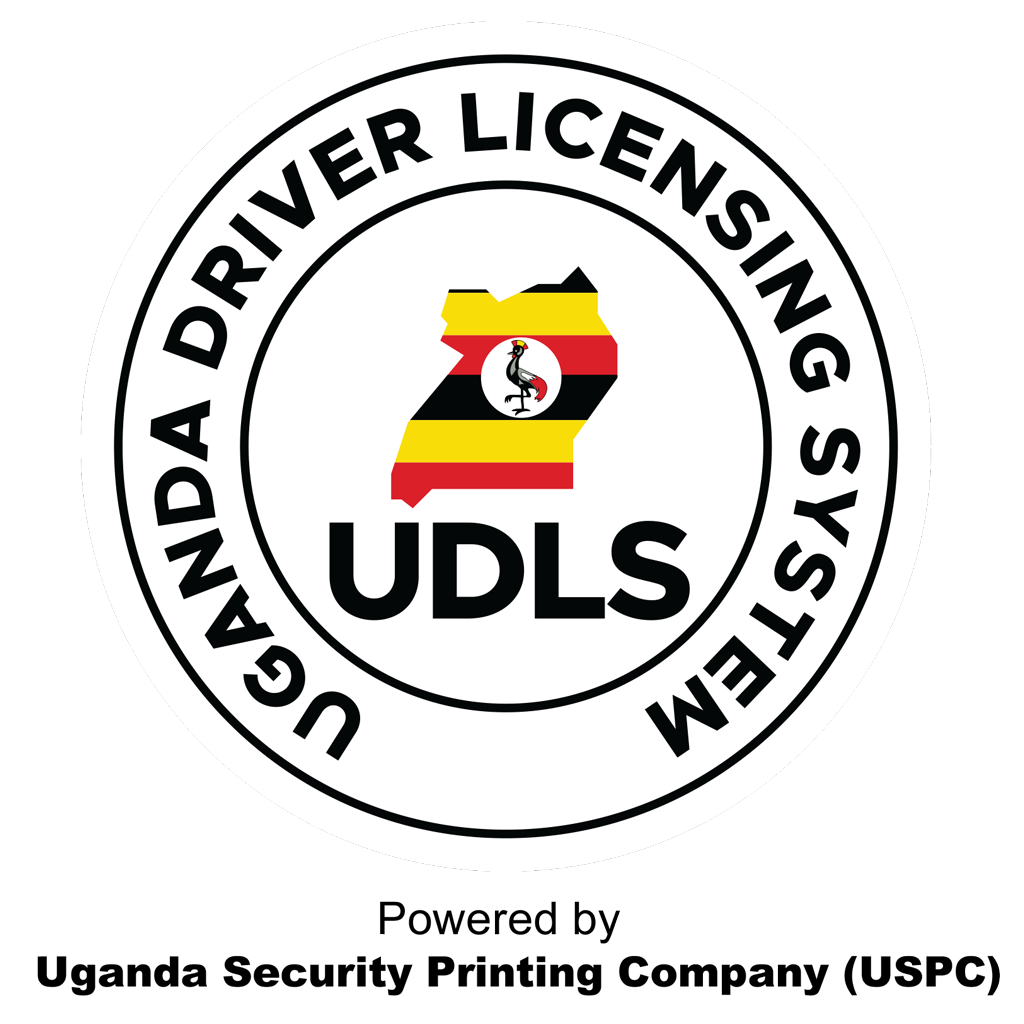The action plan is aligned with the Global Plan of Action and Road Safety 2021-2030, which was adopted by the United Nations General Assembly in 2020. The global plan therefore serves as a guide for the national plan, particularly its fundamental aim of preventing and reducing 50 per cent of road traffic deaths and injuries by 2030.
The National Road Safety Plan strategically outlines the aspirations of the ministry of works and transport in improving service delivery to the people of Uganda through reducing road crash fatalities and injuries and continued support in ensuring safety and security on roads.
The overall purpose of the National Road Safety Action Plan is, therefore, to develop, implement and evaluate actions that will systematically improve the safety of road transport systems in the country over the next five years.
Implementation of the plan will emphasise a multi-sectoral approach involving all the key stakeholders identified in the mapping exercise. The stakeholders played an invaluable role in the preparation of the action plan.
The key stakeholders include: the Parliament of Uganda, the Ministry of Health, the Uganda Police Force, the Uganda National Roads Authority, and the Kampala Capital City Authority. Other stakeholders include civil society organisations such as Safeway Right Way, the Centre for Policy Analysis, the Road Safety Advocacy Coalition Uganda, and the Global Health Advocacy Incubator.
The plan recognises that human factors contribute to over 80 per cent of road crashes and, as a result, places a lot of focus on it. It outlines five key thematic areas of action: road safety management, safe road infrastructure, vehicle safety, safe road use, and post-crash response.




